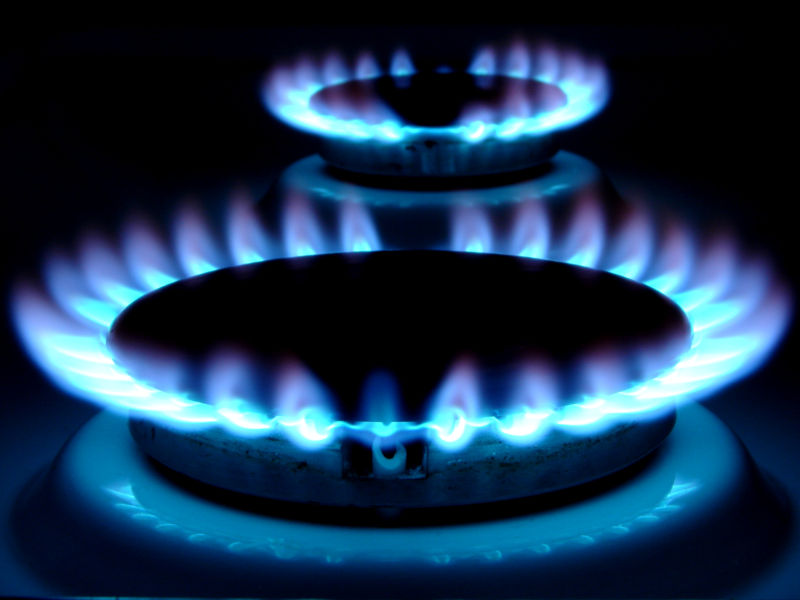

- Gas density changes with pressure and temperature, and therefore it is important to use standards when referring to quantities of gas.
- We have a standard condition to compare volume of gasses called STP (STP stands for Standard Temperature and Pressure).
- Standard temperature is equal to 0 °C, which is 273.15 K.
- One mole of gas at STP occupies 22.4 liters

Exercise
Example 1
Calculate the number of mole of hydrogen gas that occupies a volume of 2.24L at S.T.P.
=> mole = 2.24/22.4 = 0.1
Calculate the number of mole of hydrogen gas that occupies a volume of 2.24L at S.T.P.
=> mole = 2.24/22.4 = 0.1
Example 2
Calculate the mass of oxygen gas(O2) that expands to a volume of 33.6L at 0oC and 1 atm pressure.
Step 1) Find the number of mole of oxygen gas.
=> mole = 33.6/22.4 = 1.5
Step 2) Find the mass of oxygen gas represented by 1.5 mole.
=> mass = mole X molar mass = 1.5 X 32 = 48 grams
Calculate the mass of oxygen gas(O2) that expands to a volume of 33.6L at 0oC and 1 atm pressure.
Step 1) Find the number of mole of oxygen gas.
=> mole = 33.6/22.4 = 1.5
Step 2) Find the mass of oxygen gas represented by 1.5 mole.
=> mass = mole X molar mass = 1.5 X 32 = 48 grams














